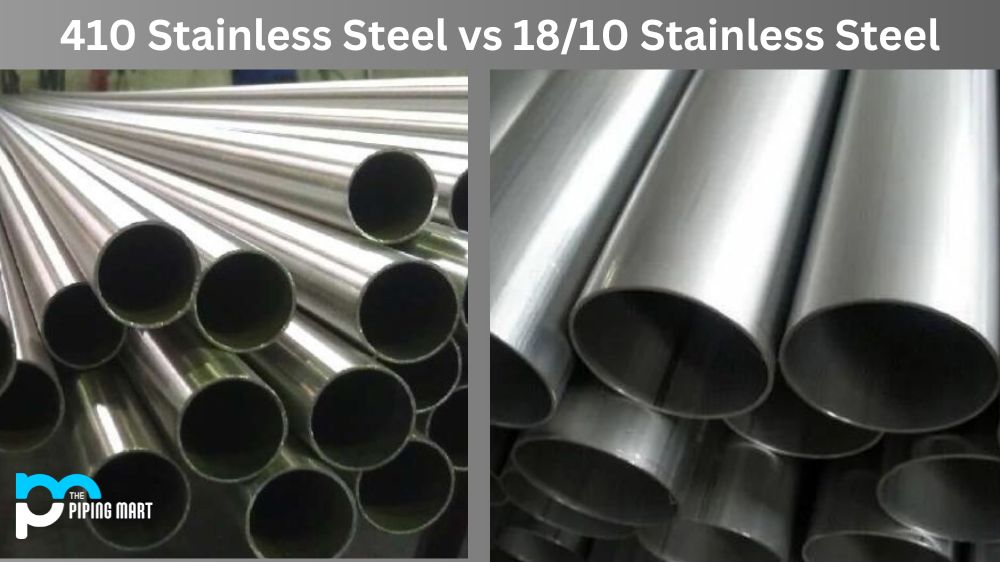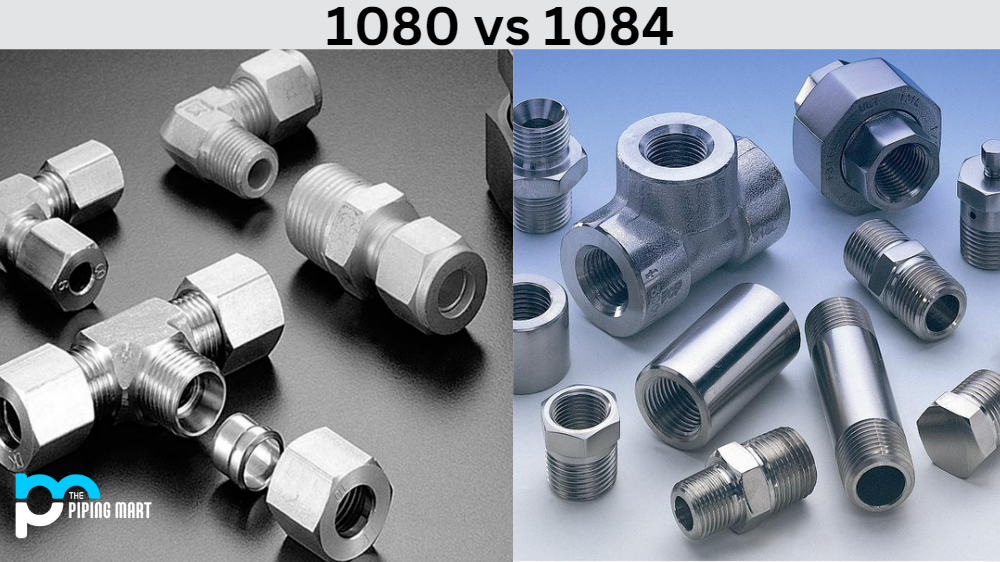Whether you are a professional or novice in the kitchen, chances are that you have come across stainless steel cookware. As an alloy, stainless steel is both durable and resistant to corrosion. However, not all stainless steel is made equal. This blog post will explore two of the most common types of stainless steel—410 and 18/10—to help you determine which is best for your kitchen needs.
410 Stainless Steel
The first type of stainless steel that we will discuss is 410 stainless steel. This type of stainless steel is composed of 11.5% chromium, 0.15% carbon, 1% manganese, and 0.04% phosphorus. 410 stainless steel offers excellent corrosion resistance due to its high chromium content; however, it can be susceptible to rusting if not cared for properly or exposed to excessive moisture. Additionally, it has a lower magnetic response than other types of stainless steel, which means it cannot be used with induction cookers.
18/10 Stainless Steel
The second type of stainless steel we will discuss is 18/10 (or sometimes referred to as 304) grade stainless steel. This grade contains 18% chromium and 10% nickel in addition to the other elements found in 410-grade stainless steel (11.5% chromium, 0.15% carbon, and 1% manganese). The added nickel gives this type of stainless steel greater corrosion resistance and makes it more impervious to rusting when exposed to moisture compared to 410-grade stainless steel. Additionally, it has a higher magnetic response which makes it compatible with induction cookers and other modern cooking equipment, such as electric woks and air fryers that require high temperatures for operation.
Difference Between 410 and 18/10
Composition
The first difference between 410 and 18/10 stainless steel is their composition. 410 stainless steel contains 11.5% chromium, while 18/10 stainless steel contains 18% chromium. Additionally, 410 stainless steel contains 0.15% carbon, while 18/10 stainless steel contains 0.08% carbon.
Corrosion Resistance
One of the most important differences between these two types of stainless steel is their corrosion resistance. 410 stainless steel is less resistant to corrosion than 18/10 stainless steel. This is due to the fact that 18/10 stainless steel contains more chromium, which gives it better protection against rust and corrosion.
Strength
Another difference between these two types of stainless steel is their strength. 410 stainless steel is weaker than 18/10 stainless steel. This is due to the fact that 18/10 stainless steel contains more chromium, which makes it stronger and more durable.
Cost
One final difference between these two types of stainless steel is their cost. 410 stainless steel is typically cheaper than 18/10 stainless steel. This is due to the fact that it contains less chromium, which makes it less expensive to produce.
Uses
410 and 18/10 stainless steels are both commonly used in a variety of applications. Some common applications for 410 stainless steel include flatware, cookware, and surgical instruments, while common applications for 18/10 stainless steel include flatware and cookware
Conclusion:
When choosing between two types of stainless steels—410 vs 18/10—it really comes down to your cooking needs and the kind of environment you are using the cookware in (i.e., humid or dry). If you are looking for durability and corrosion resistance in a wetter environment, then 18/10 grade stainless steel might be the right choice; however, if you prefer something more cost-effective, go with 410 grade instead! Both grades offer their own unique benefits that make them suitable for different tasks in the kitchen, so consider carefully before making your decision! No matter what kind you choose, rest assured that both grades offer great quality performance when used correctly!
For website owners who want their website optimized with this information should consider hiring an SEO expert who understands how these factors work together within search engine algorithms so they can rank better on search engine results pages (SERPs). Newbies should start by researching keywords related to their industry so they can optimize their content accordingly and engage more customers through organic traffic generated from search engines like Google or Bing. With proper optimization comes increased visibility which leads to greater success for any business online!
Meet Heer, a dynamic and driven writer learning tricks of her trade in the metal industry. With a background in Digital Marketing, Heer brings a unique perspective to her writing, sharing valuable insights. Apart from blogging she like reading and hiking.




